19 Dec The toads will breed in special containers
Radio Kielce informs about our project: It feeds on earthworms, water fleas and even flies. According to scientists, they have lived on our planet since the time of the dinosaurs. They found their habitat in Ponidzie.
We are talking about the fire-bellied toad, which is one of the 12 amphibian species found in Ponidzie. Since it is under strict protection and occurs rarely, it has been decided to breed it first and then increase the population within Nida.
According to Dariusz Wiech, a specialist from the Świętokrzyskie and Nadnidziadzkie Landscape Parks Complex, the fire-bellied toad is a small amphibian, 6 centimeters long, slightly resembling a toad. In our country there are two species of toads from the bombina family – the fire-bellied toad and the yellow-bellied toad. The yellow-bellied toad has yellow spots on its belly, while the fire-bellied toad has red spots.
The amphibian emits poisonous compounds, as a result of which it does not have too many enemies in the natural environment. When irritated and anxious, it takes an interesting pose.
– It falls on its back, bends its limbs in a characteristic way and shows its belly and the red spots on it. For a predator this is a very strange behavior. The red color in the world of nature means that something is venomous, dangerous, harmful – he adds.
Since there are few of these animals, the Świętokrzyskie and Nadnidziadzkie Landscape Parks Complex, on the occasion of rebuilding the inland delta of Nida near Umianowice, decided to help these amphibians.
– Two containers have been purchased. They contain aquariums in which the toads can overwinter safely and quietly. There, in the roots and stones, they will be able to find a place where they will hibernate during the winter. We hope that the population will grow in spring. Then we will release the amphibians to the Nida area – he says.
Nida is the longest river in the Świętokrzyskie voivodeship. It is over 150 km long. It is very diverse. Its width and depth often varies from 40 cm to over 2 meters.
More on the page: https://www.radio.kielce.pl/pl/wiadomosci/w-specjalnych-kontenerach-beda-rozmnazac-kumaki,115596




